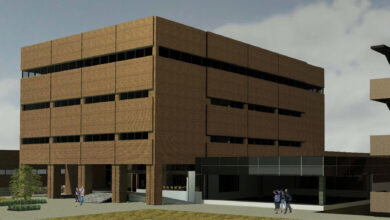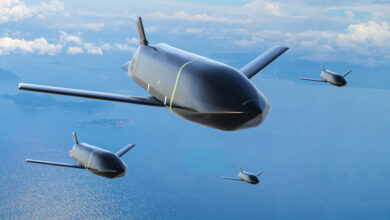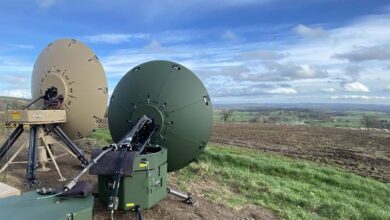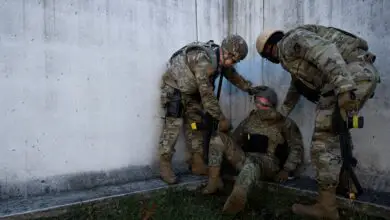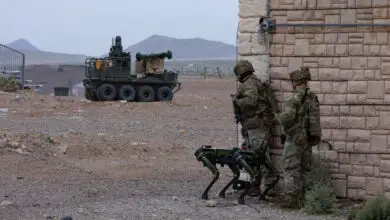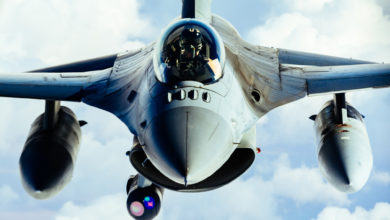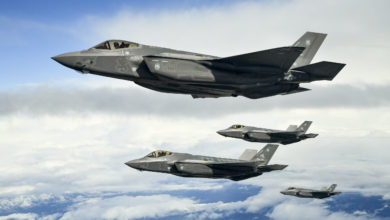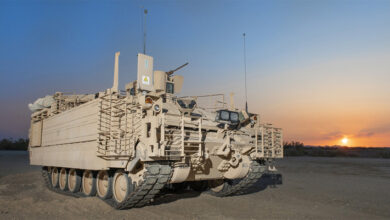The US Air Force and Army have conducted a technical demonstration of deployable integrated air defense system technology (D-IADS) at Tyndall Air Force Base, Florida.
The trial included the participation of the air force’s North American Aerospace Defense Command (NORAD), the army’s Combat Capabilities Development Command Aviation & Missile Center, and the 263rd Army Air and Missile Defense Command.
The demonstration was held to evaluate the system’s deployment procedures and advanced electronic identification capability, the Joint Multi-platform Advanced Combat ID (JMAC), with NORAD’s D-IADS.
“The D-IADS Tech Demo was an opportunity to get after multiple technical goals relevant to US Continental NORAD Region’s homeland defense mission, to include combat identification, tactics development, and deployment of the complete D-IADS package,” 1st Air Force Strategic Programs Division Chief Maj. Zachary Darnell said.
“Additionally, it provided a great opportunity to strengthen our partnership with Army air and missile defense partners.”

JMAC is a platform that enhances battlespace awareness and critical-decision making by implementing enhanced threat identification.
“This [JMAC] provides decision makers more time to employ various defensive response options,” 1st Air Force and US Continental NORAD Region Commander Lt. Gen. Kirk Pierce said.
“Time to make effective decisions is critical in air and missile defense. We’re confident the enhanced capabilities will enable D-IADS to do that.”
Integrated Air Defense System Demonstration
The D-IADS was managed by airmen from Georgia Air National Guard’s 283rd Combat Communications Squadron during the demonstration.
The event commenced with a site visit by Deputy Commanding General Brig. Gen. Richard Wholey to Tyndall’s radar installation to check the equipment for demonstration.
The capabilities deployed for the program included the US Army’s Improved Sentinel Radars, a NASAMS launcher, and command and control (C2) mobile suite.
The 263rd Army Air and Missile Defense Command provided 70 support personnel to organize the demonstration.
The two-week trial involved identifying simulated airborne threats with two Sentinel radars set up at different locations.
Data gathered from identification were passed to the C2 mobile suite, where operators analyzed and deployed countermeasures to intercept the target.
Further improvements and demonstrations will be conducted with D-IADS and enhanced capabilities “to gain technological advantages while the DoD remains committed to advancing its capabilities to stay ahead of emerging threats,” according to 1st Air Force Strategic Programs Technical Lead Mike Nigro.



